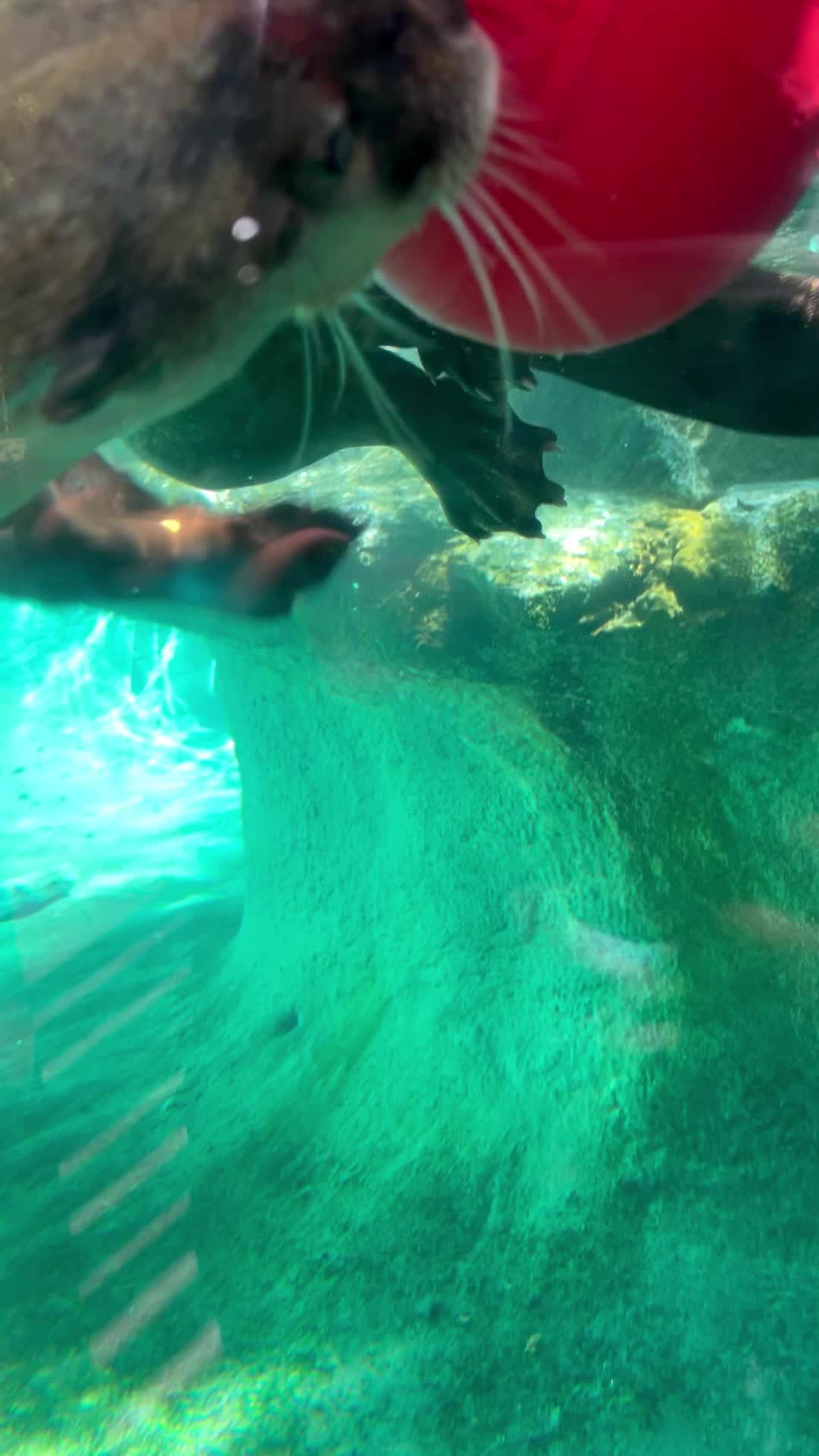– Lifespan comparison of otters in captivity versus the wild
– The significance of Leia the otter turning 18 years old in a captive environment
– Health and care practices in zoological settings promoting longevity in otters
– The role of environmental enrichment in maintaining the physical and mental well-being of otters in captivity
– Conservation efforts for otter species and the educational impact of celebrating milestones like Leia’s birthday
Otters are fascinating and charismatic creatures that captivate the interest of wildlife enthusiasts and conservationists alike. The news that an otter named Leia has recently turned 18 in a captive setting is quite remarkable, considering the natural lifespan of these mammals in the wild. This milestone provides an opportunity to explore aspects of otter biology, zoology, zoo management, and conservation efforts, all of which contribute to the extended longevity of otters like Leia in captivity.
In the wild, otters typically live up to about 10 years, primarily due to various factors such as predation, disease, environmental stressors, and scarcity of food sources. In contrast, otters under human care in zoos and aquariums can live much longer, often exceeding their wild counterparts in lifespan. This disparity underscores the impact of dedicated veterinary care, controlled environments, proper nutrition, and the absence of natural predators that characterize life for otters in captivity.
Leia’s 18th birthday is a cause for celebration and a testament to the advanced care and management practices implemented in modern zoological institutions. These facilities prioritize the health and welfare of their animals and adhere to stringent quality standards. A regular regimen of health check-ups, including preventative medicine and quick treatment of any ailments, contributes to the longevity of otters in these environments.
Another critical factor that plays a role in the life expectancy of otters like Leia is their diet. In captivity, otters receive a balanced diet tailored to their specific nutritional needs, often including a variety of fish, their favorite snacks, and other sources of protein and essential nutrients. This consistent, high-quality food supply helps maintain their health and vitality, reflecting their natural dietary preferences without the unpredictability of wild foraging.
Environmental enrichment is integral to ensuring captive otters’ psychological and physical well-being. Dynamic and complex habitats that mimic their natural environments encourage otters to engage in instinctual behaviors such as swimming, foraging, and problem-solving. This keeps their bodies active and fit and provides mental stimulation. Facilities that care for otters often incorporate pools, streams, and interactive features within their enclosures to promote these behaviors.
On a broader scale, celebrating Leia’s birthday serves as a platform to educate the public about otter species, their habitats, and their conservation challenges. Many otter species are threatened by habitat loss, pollution, and human interference, making it crucial to support wildlife conservation initiatives. Facilities housing otters can use these milestones to highlight the species’ status in the wild and encourage visitors to contribute to conservation efforts.
Lastly, tales such as Leia’s provide a narrative that helps bridge the gap between humans and wildlife. By telling her story and hosting celebrations for such occasions, zoos foster a connection between the public and the natural world, instilling a sense of responsibility and interest in protecting these amazing creatures and their habitats. It enables visitors to learn about otters’ playful nature, their importance to aquatic ecosystems, and what each person can do to aid in preserving these species for generations to come.
In weaving together the tale of Leia the otter and her impressive age, we shed light on the intensive care, advanced zoological practices, and the celebration of conservation that zoos worldwide are dedicated to. This educates the public on the life of otters in captivity versus the wild and bolsters efforts to conserve these delightful animals and their environments, ensuring they continue to thrive both in and out of human care.
*****
Source Description
Join us in wishing our otter, Leia, a Happy Birthday! She has officially turned 18 years old. Otters in the wild generally only live up to 10 years old. Even with her advanced age, she enjoys long swims and her favorite fish snacks!

